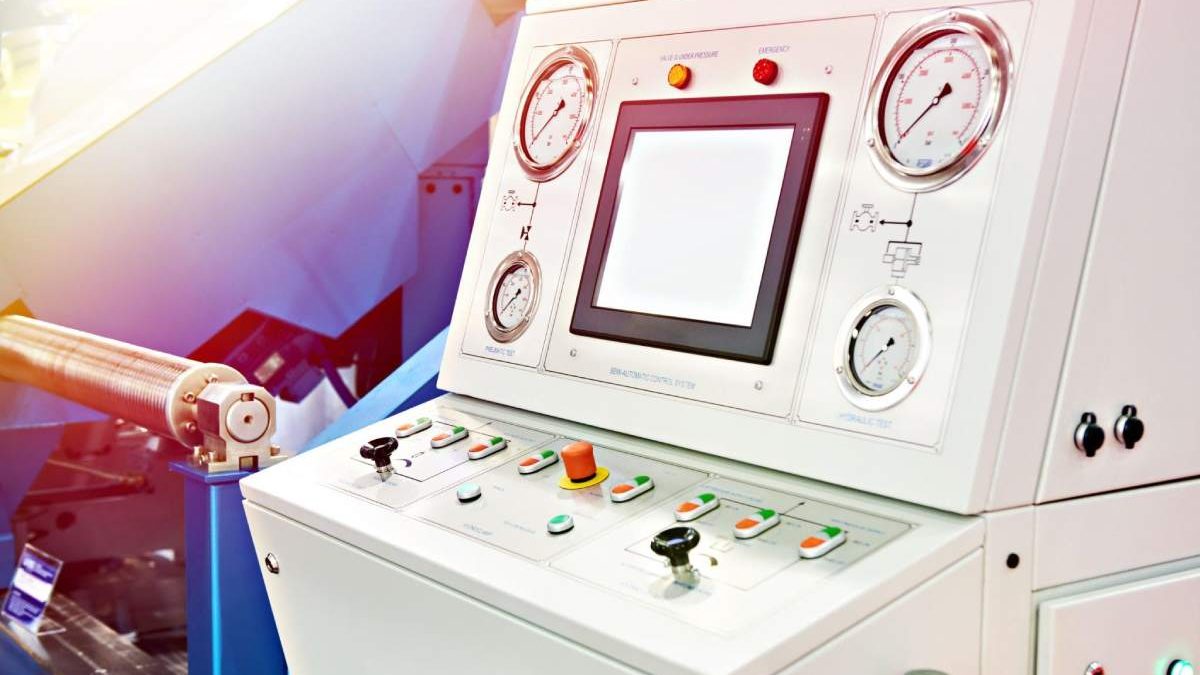Sandblasting Cabinets – Do you wish to clean any machinery that may already be in use? Or do you wish to reuse materials hanging around in your inventory? In such instances, sand blasting cabinets are the ideal answer. Popular hard surfaces for this operation include metal, timber, stone, masonry, etc. As a result, this cleanup technique is helpful in various industries.
The standard and optional features present in such sandblasting cabinets include
- Delivery System
- Abrasive Media Recovery System
- Dust Collection and Filtration System
- Blasting System
- Door Options & Safety Switches
- Rubber Lining Protection
Table of Contents
What is a Sandblast Cabinet?
Systems, equipment, and parts used in sandblaster cabinets project blast material against a part’s surface to scour, cleanse, or change the surface. Metal shots are driven or propelled on surfaces by high-pressure water, pressurized air, and other abrasive materials.
Abrasive blasting cabinets, dry blasting cabinets, wet blast cabinets, micro-abrasive blow cabinets, micro-blasters, micro-jet devices, and shot casting cabinets are other names for similar equipment.
Another factor affecting the blasting operation is the media’s form and hardness characteristics. One crucial component that distinguishes different types of sandblast cabinets is the mechanism used to energize, propel, or reflect the blast media.
Benefits of using this device
Application Ease
Operating this device is quite simple. While you may need the help of a professional in this sector to do the task for you, it is not rocket science; therefore, you should be able to understand.
Both versatility and utility
Sandblasting cabinets have so many uses that people working in different industries can incorporate them into their daily operations. This system’s flexibility is one factor contributing to its appeal.
Installation Prerequisites Are Low
Knowing that a particular device can carry out many tasks prompts everyone to assume that it must be vast and challenging to maneuver. This is untrue, though, as these cabinets only run on a needle, a blasting pot, and a pump. The components can alter depending on the use of these enclosures.
Excellent Cleaning
When you acquire and operate this equipment specifically for cleaning, you can be confident that the finished product will be a firm surface that has been thoroughly cleaned and looks spotless.
How does a sandblasting machine work?
A physically designed machine, sandblasting devices use pressurized gas to power high-speed air currents that spray particles via a conveyance pipeline and directly onto the object to be treated to remove contaminants or prepare the workpiece’s outer layer more roughly. Sandblasting devices are frequently used to eliminate oxide scaling treatments from non-rusty alloys and to eliminate rust and oxidation from the surface of components or objects vulnerable to deterioration.
There are many things to take into account while sandblasting. Make sure that the nozzle is appropriate by reading the evaluations of your sandblasting equipment.
Suppliers of blasting equipment are continually modernizing their products with cutting-edge technologies.
Bottom Line
Surface modifications can affect physical properties and part efficiency with the right blast medium. After blowing, blast media can leave a shielding film on a material to improve corrosion protection. The durability of items can be improved by steel shot peening with a sandblasting machine. New blast media types are available to lessen the effects on the environment further.
Leading manufacturers’ sandblasting specialists are skilled in choosing suitable blasting and deburring systems, media types, medium recovery gear, and handling equipment for various industrial applications. Experts in blasting production are open to collaborating with clients to create innovative solutions that would profit from blasting operations and peening technologies.
Before applying coatings, resins, and sealants, washing and surface preparation are crucial steps that sandblasting excels at. A part’s surface is given undercuts by sandblasting, which enhances adhesion.


